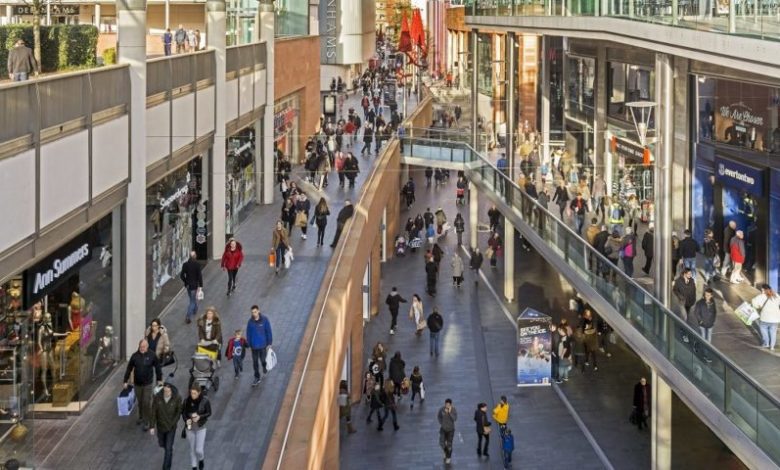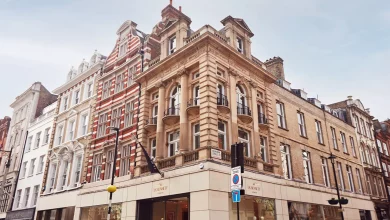Footfall drops by 3.5% amid July train strikes
Last week, footfall declined in all three key destination types, by -5.9% in high streets, by -1.1% in shopping centres and by -0.8% in retail parks

Register to get 1 free article
Reveal the article below by registering for our email newsletter.
Want unlimited access? View Plans
Already have an account? Sign in
As the RMT rail strike hit most of the UK on 20 July, footfall dropped by -3.5% from last week over the period up to 1pm, according to new data from MRI Springboard.
Footfall declined in all three key destination types, by -5.9% in high streets, by -1.1% in shopping centres and by -0.8% in retail parks.
In comparison, on 13 July footfall dropped by -0.5% overall, with high streets experiencing a decline of -1.5%, shopping centres of 0.3% and retail parks of 0.7%.
Last week, footfall dropped significantly in Central London by -21.1% indicating that employees opted to work from home. The recent statistics reveal that footfall in London has experienced a -9.1% year-on-year change and a -27.7% decline since 2019.
A similar pattern followed in the West Midlands with a -11.8% decline compared to last week, and a -14% decline year-on-year. East Midlands saw a -9.2% decline last week and a -10.7% decline year-on-year. Northern Ireland experienced a 11.5% change last week, with a -3.9% decline year-on-year and a -20.7% decline since 2019.







